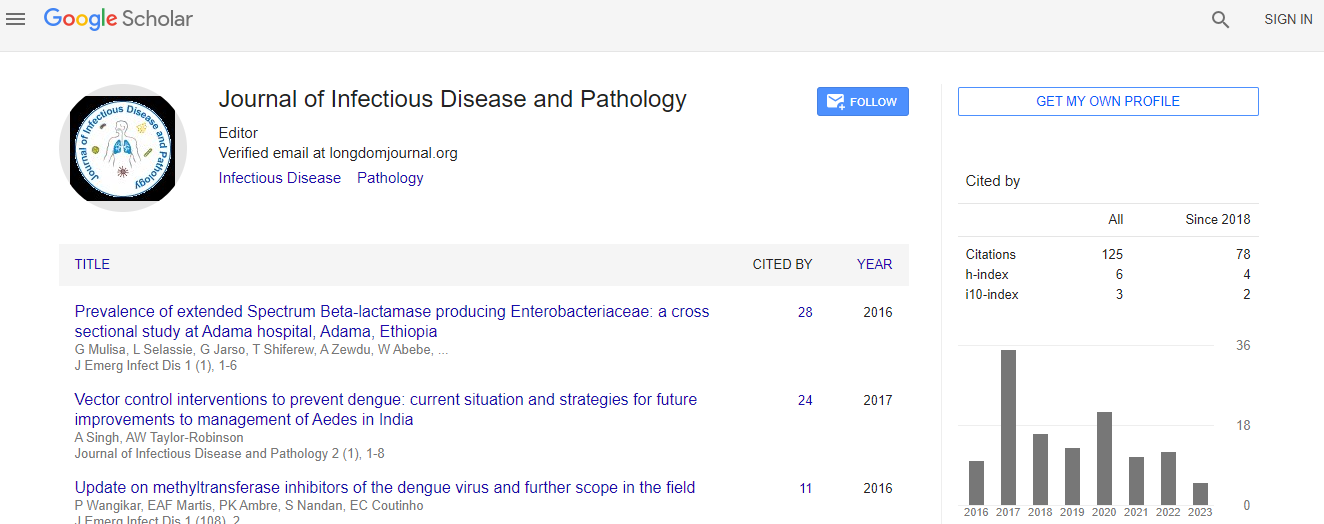Research Article
Occurrence of Orientia Tsutsugamushi Genotypes in Areas of Union Territory of Puducherry and Tamil Nadu State, India
Patricia Anitha K1, Hoti SL1*, Reba Kanungo2, Jambulingam P1, Yasin Nazeer3, Shashikala Nair2 and Sudhagar Mookappan41Vector Control Research Centre, Indira Nagar, Puducherry, India
2Department of Microbiology, Pondicherry Institute of Medical Sciences, Ganapathichettikulam, Kalapet, Puducherry, India
3Regional Medical Research Centre, Nehru Nagar, Belagavi, Karnataka, India
4Department of Medicine, Pondicherry Institute of Medical Sciences, Ganapathichettikulam, Kalapet, Puducherry, India
- *Corresponding Author:
- Hoti SL
Vector Control Research Centre
Indira Nagar, Puducherry, India
Tel: 918105536970
E-mail: slhoti@yahoo.com
Received Date: January 30, 2017; Accepted Date: February 16, 2017; Published Date: February 26, 2017
Citation: Anitha PK, Hoti SL, Kanungo R, Jambulingam P, Nazeer Y, et al.(2017) Occurrence of Orientia Tsutsugamushi Genotypes in Areas of Union Territory of Puducherry and Tamil Nadu State, India. J Emerg Infect Dis 2:124.doi: 10.4172/2472-4998.1000124
Copyright: © 2017 Anitha PK, et al. This is an open-access article distributed under the terms of the Creative Commons Attribution License, which permits unrestricted use, distribution, and reproduction in any medium, provided the original author and source are credited.
Abstract
Scrub typhus, caused by the proteobacterium, Orientia tsutsugamushi, is re-emerging in several regions of Asia, particularly in India. Severity of infection and clinical presentations are known to vary with the infecting prototype/genotype. Hence genotypic characterization and distribution of various genotypes is of clinical and epidemiological importance. One hundred and forty five suspected scrub typhus cases, reporting to a tertiary care centre in Puducherry, India were investigated for O. tsutsugamushi specific IgM antibodies by ELISA out of which, 135 (93%) were positive. Most cases occurred post-monsoon, peaking in September, and there was a preponderance in young adults. Forty samples tested positive by Nested PCR based on 56kDa gene of O. tsutsugamushi and amplicons from PCR positive samples were sequenced. Phylogenetic tree constructed using 35 sequences (from nt 20 to nt 130) obtained in the study, along with those retrieved from NCBI site, formed two major branches; one comprising 15 sequences from this study, which aligned with Karp genotype, and the other containing 6 sequences which aligned with a sequence from Vellore, India. The second major branch had 12 sequences, which formed an independent group from the Gilliam prototype. Analysis of association of clinical manifestations with genotypes obtained in the present study showed that the sequences that formed an independent group, were associated with a wide spectrum of clinical manifestations involving multiple organs and more severe manifestations like ARDS and hypotension. The sequences, which branched with Karp prototype were associated with hepatitis, meningitis and Multi-organ disorder syndrome (MODS). The present study thus indicated that different genotypes of O. tsutsugamushi occur in southern regions of India, which were associated with various clinical manifestations. Studies on the occurrence of genotypes will help in development of diagnostic methods and vaccines to curtail the infection.

 Spanish
Spanish  Chinese
Chinese  Russian
Russian  German
German  French
French  Japanese
Japanese  Portuguese
Portuguese  Hindi
Hindi 